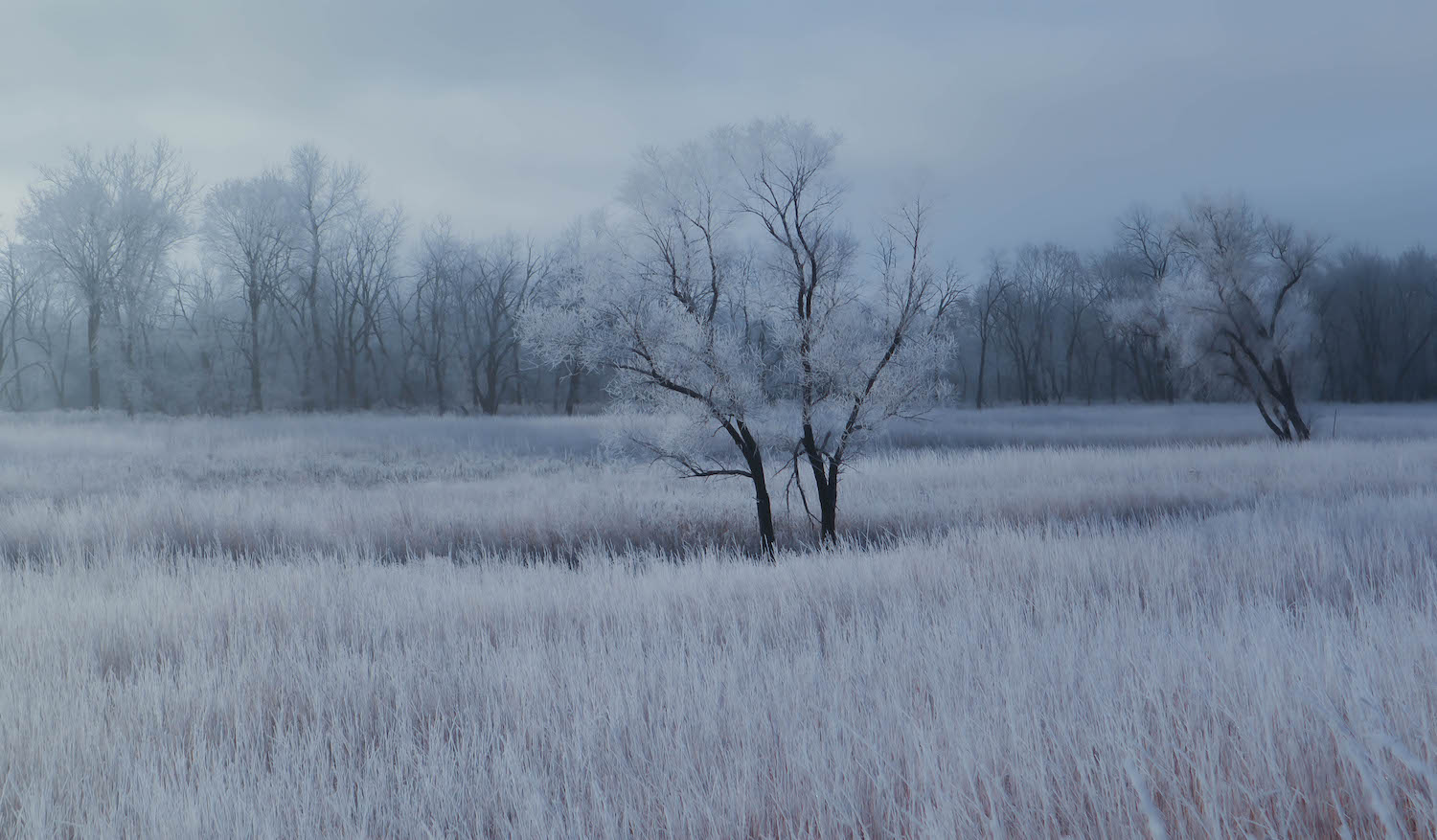Nature curiosity: Why do we have seasons?

Everyone has a favorite season. Maybe its the renewal of spring or the quiet but quick evolution of autumn that brings you joy. Or maybe long days and warm nights in summer or the cold, brisk air of winter makes you want to get outside and take in the beauty of the season.
Why we experience seasons is tied to Earth's position relative to the sun, but not for the reason you may think. It's a common misconception that in the summer, when it is warmer, Earth is closer to the sun than it is in the winter when it's colder. It is true that because our orbit around the sun is ecliptic rather than circular, Earth is not always the same distance from the sun. However, our distance from the sun does not dictate our seasons. Instead, seasons occur because Earth is tilted on its axis and different parts of the planet receive more direct rays of light from the sun at different times of year, according to the National Oceanic Atmospheric Administration.
Our planet's axis always points in the same direction, so because Earth is revolving around the sun, different parts of Earth get more direct rays from the sun at different times of year, the NOAA reports. Here in the northern hemisphere, we are actually closest to the sun in the winter, but we receive the most direct rays from the sun in summer.
In the southern hemisphere, the opposite is true, and that's why their seasons are opposite of ours. When we are experiencing summer, people in the southern hemisphere are experiencing winter, and vice versa. And just like winter is the coldest time of year here, it is there too. That means June, July and August are the coldest months in the southern hemisphere, while they are the warmest months in the northern hemisphere.
Our seasons begin with either a solstice, in summer and winter, or an equinox, in spring and fall. These events, too, are related to Earth's position relative to the sun. The spring and fall equinoxes occur when the sun passes through Earth's equator and Earth's axis is not pointed either toward or away from the sun, according to the National Weather Service.
The solstices that mark the start of winter and summer are kind of like the opposite of an equinox. At these moments, Earth reaches its highest (in the summer) or lowest (in the winter) point in the sky at noon. This is why we experience the most daylight on the day of the summer solstice and the least daylight on the day of the winter solstice.
It takes 365 1/4 days for Earth to complete its revolution around the sun, according to the National Weather Service. That 1/4 day explains why we have leap years. Every fourth year has 366 days instead of 365 to account for the four 1/4 days in those four years.
Our position relative to the sun isn't the only way we mark the seasons, however. While Earth's rotation around the sun defines our astronomical seasons, meteorological seasons are another thing entirely. Meteorological seasons largely overlap with astronomical seasons, but they align with the calendar and the temperature cycle rather than Earth's revolution around the sun, according to the NOAA.
Unlike astronomical seasons, which do not begin at precisely the same time each year, meteorological seasons are fixed with no variation from year to year, with spring beginning March 1, summer June 1, fall September 1 and winter December 1. Because meteorological seasons consist of entire months, it is easier to calculate weather statistics using meteorological seasons, the NOAA reports.
